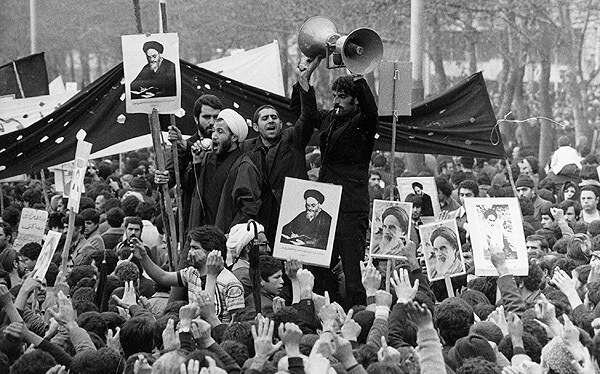Each year the Day of 16th of Azar recalls the matchless sacrifices rendered by the Iranian students for the victory of the Islamic Revolution under the wise leadership of Imam Khomeini.
At that sensitive juncture of history, students from various political spectrums had put their trust and faith in the great Imam and were united under his wise leadership.
The students had also found all the qualities of a spiritual, religious, and political leader in Imam Khomeini’s personality who could relieve them from the clutches of the colonial powers and prevent them from falling into pits of social and moral decline.

Azar 16th has its roots in commemorating the anniversary of the killing of three Iranian students of the University of Tehran on December 7, 1953, when they were martyred by the agents of colonial powers in the Pahlavi era.
The three students organized a protest against the resumption of political relations between Iran and Britain as well as the official visit by Richard Nixon, the then vice president of the United States, around four months after the 1953 Iranian coup d'état to overthrow the democratically-elected Prime Minister Mohammad Mossadegh to reinvigorate monarchical rule of Mohammad Reza Pahlavi.
Mostafa Bozorgnia, Ahmad Ghandchi, and Azar Shariat Razavi are the three martyred students, who lost their lives when they stood against tyranny.
In the years 1962-63 with the Imam Khomeini movement, Iran entered a new stage which resulted in the victory of the 1979 revolution.
The Iranian Revolution, participated by the absolute majority of society, became the most popular revolution in the new history of the world. The fruit of this revolution was the establishment of a new political system whose main message was the rejection of the dependence and political, economic, and cultural return to the original native identity in accordance with the requirements of the time.
In the course of its 40 years, the Islamic Republic has gradually become more and more stable and experienced, and by passing through storms, Iran has turned into a great regional power today.
The Iranian nation never forgot the sacrifices offered by the students and they continued their struggle which proved fruitful in later years.
Despite all crackdowns by the Pahlavi Regime and staunch opposition by the world colonial powers, the Islamic Revolution gained victory under the wise leadership of Imam in 1979.
Imam Khomeini founded an Islamic-democratic system that strengthened the Islamic and oppressed nations around the globe and brought prosperity to the Iranian nation.
(Source: Mehr news agency)